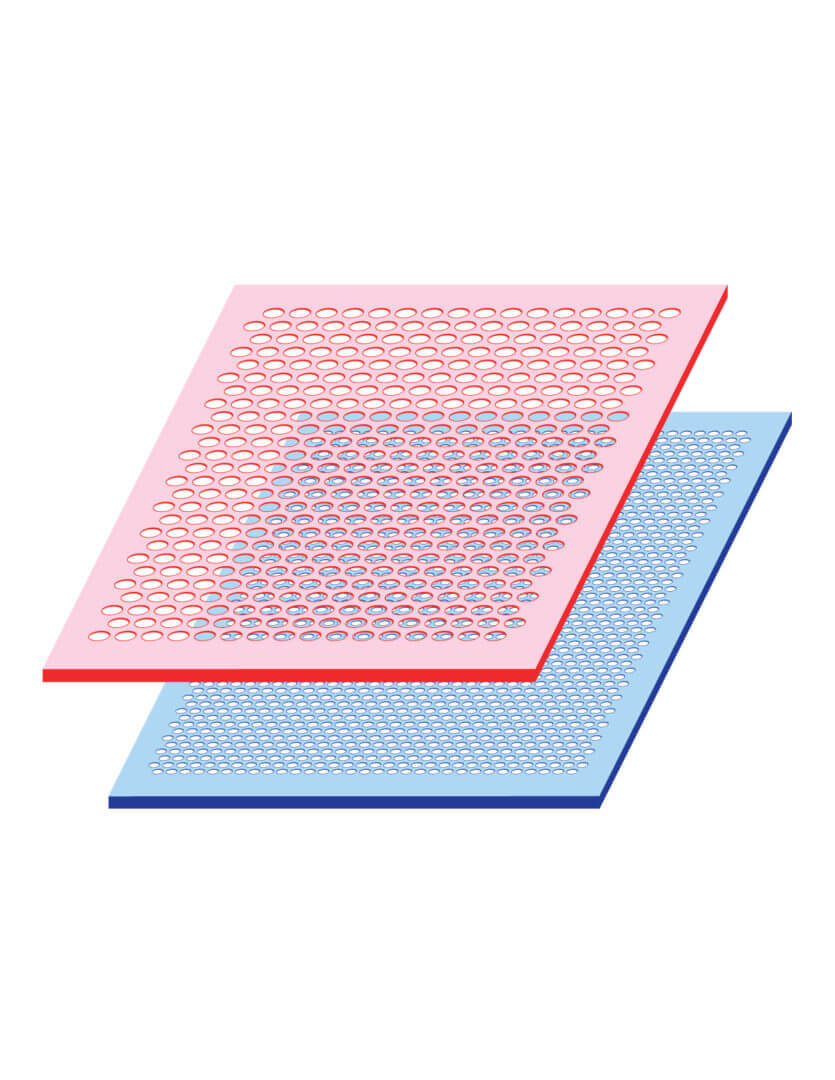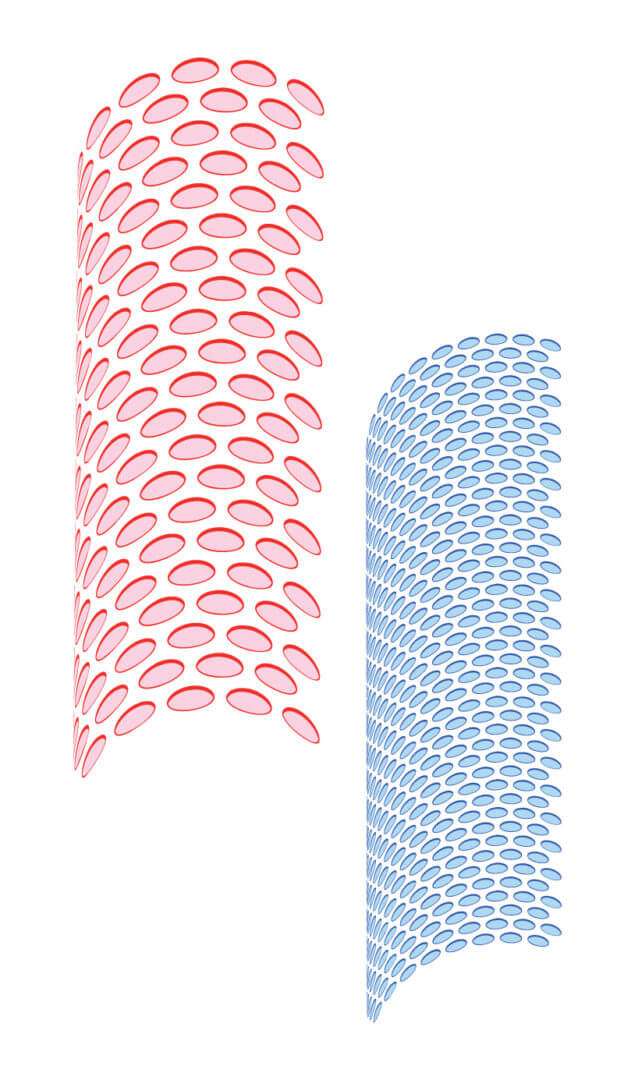Passionate About Polymers
 The interplay of math and chemistry has long fascinated Malancha Gupta.
The interplay of math and chemistry has long fascinated Malancha Gupta.
An associate professor in the Mork Family Department of Chemical Engineering and Materials Science, Gupta grew up in a family of scientists. Her father is a civil engineer, her maternal grandfather was a physicist, and her brother is a biophysicist and pathologist. By high school, Gupta knew she wanted to study chemical engineering.
Good choice.
In the years since, she has become one of the foremost experts on polymer coatings, which have a wide variety of applications ranging from biomedical devices to textiles to membranes. Such coatings also allow surfaces to change from hydrophobic, or water resistant, to hydrophilic, or water absorbing — and vice versa.
“My lab focuses on developing ways to modify the surfaces of devices with a broad range of coatings, giving us a toolkit that allows us to help anyone who has a problem with things sticking to their surfaces or not sticking to their surfaces,” Gupta said. “We can providing coatings for any application.”
Gupta and her team have contributed to research that has resulted in more environmentally sounds ways to apply polymers. Typically, they are applied using liquid sprays or baths, she said. By contrast, Gupta heats the chemicals to turn them into vapors. The result: the production of far less waste than traditional methods.
Additionally, Gupta said the process “allows us to coat structured surfaces such as wires and fabrics, because we do not have wetting or spraying issues.”
 Along the way, Gupta has won the prestigious NSF Career Award, one of the most sought after for newer faculty members; received the American Chemical Society Petroleum Research Fund Doctoral New Investigator Award; and become one of a handful of USC Viterbi professors whom the National Academy of Engineering has selected over the years to participate in the Frontiers of Engineering Education symposia.
Along the way, Gupta has won the prestigious NSF Career Award, one of the most sought after for newer faculty members; received the American Chemical Society Petroleum Research Fund Doctoral New Investigator Award; and become one of a handful of USC Viterbi professors whom the National Academy of Engineering has selected over the years to participate in the Frontiers of Engineering Education symposia.
“Malancha is an outstanding combination of scholar, teacher, mentor and colleague,” Mork Chair Richard Roberts said. “In concert with her cross-cutting research program and key scientific developments, she’s also trained a small army of graduate students and undergraduates.”
Gupta’s National Science Foundation-funded research focuses on the challenge of both creating polymer materials and affixing them to other such materials. Placing porous materials on porous materials creates a double-filtration system that can be employed for biomedical sensors that screen for disease as well as for water purification, among many other uses.
More recently, Gupta and her group of Ph.D. students have found that changing a substrate’s temperature can affect membranes’ pore sizes. Specifically, significantly cooling a substrate, she said, makes it possible to make thicker membranes with larger pores.
“Our process allows us to deposit pores onto membranes to add additional functionality,” Gupta said. “People really haven’t studied how monomer molecules freeze on a cooled surface, so there are lots of interesting fundamental science questions.”
 Gupta has conducted research on polymer coatings for more than a decade. As a Ph.D. engineering student at MIT, she worked with the renowned Professor Karen Gleason. Together, they explored how different pressures and temperatures could affect the uniformity of fluoropolymer coatings, which — like Teflon — is water repellent and non-stick.
Gupta has conducted research on polymer coatings for more than a decade. As a Ph.D. engineering student at MIT, she worked with the renowned Professor Karen Gleason. Together, they explored how different pressures and temperatures could affect the uniformity of fluoropolymer coatings, which — like Teflon — is water repellent and non-stick.
After receiving her doctorate in 2007, Gupta spent two years at Harvard University as a postdoctoral researcher in the chemistry department. She joined USC Viterbi in 2009.
Although most of her work involves basic science, she has collaborated with Ellis Meng, professor of biomedical and electrical engineering, and James Weiland, professor of ophthalmology and biomedical engineering, for a joint research project on a wireless, multi-sensor system for the early detection of shunt malfunctions in people with hydrocephalus, a disease that results in excessive brain fluid.
As principal investigator, Meng oversees the four-year interdisciplinary project, which is funded by a $2 million grant from the NSF’s Office of Emerging Frontiers in Research and Innovation. Weiland, co-principal investigator, conducts biomedical tests on the devices. Gupta, also co-principal investigator, partners with her colleagues to develop polymer coatings that would prevent biofouling of the shunt.
“We are working to modify the surfaces of the devices with coatings that will prevent biomolecules from sticking to the shunt and clogging the holes,” she said.
As much as Gupta enjoys academic research, she finds mentoring her Ph.D. students just as satisfying. Three of her students have earned NSF graduate fellowships, while two others have gone on to careers at Owens Corning and Oakley. In many ways, Gupta considers her research group as a second family.
“I love training students who then go on to apply our research to important problems,” she said.



